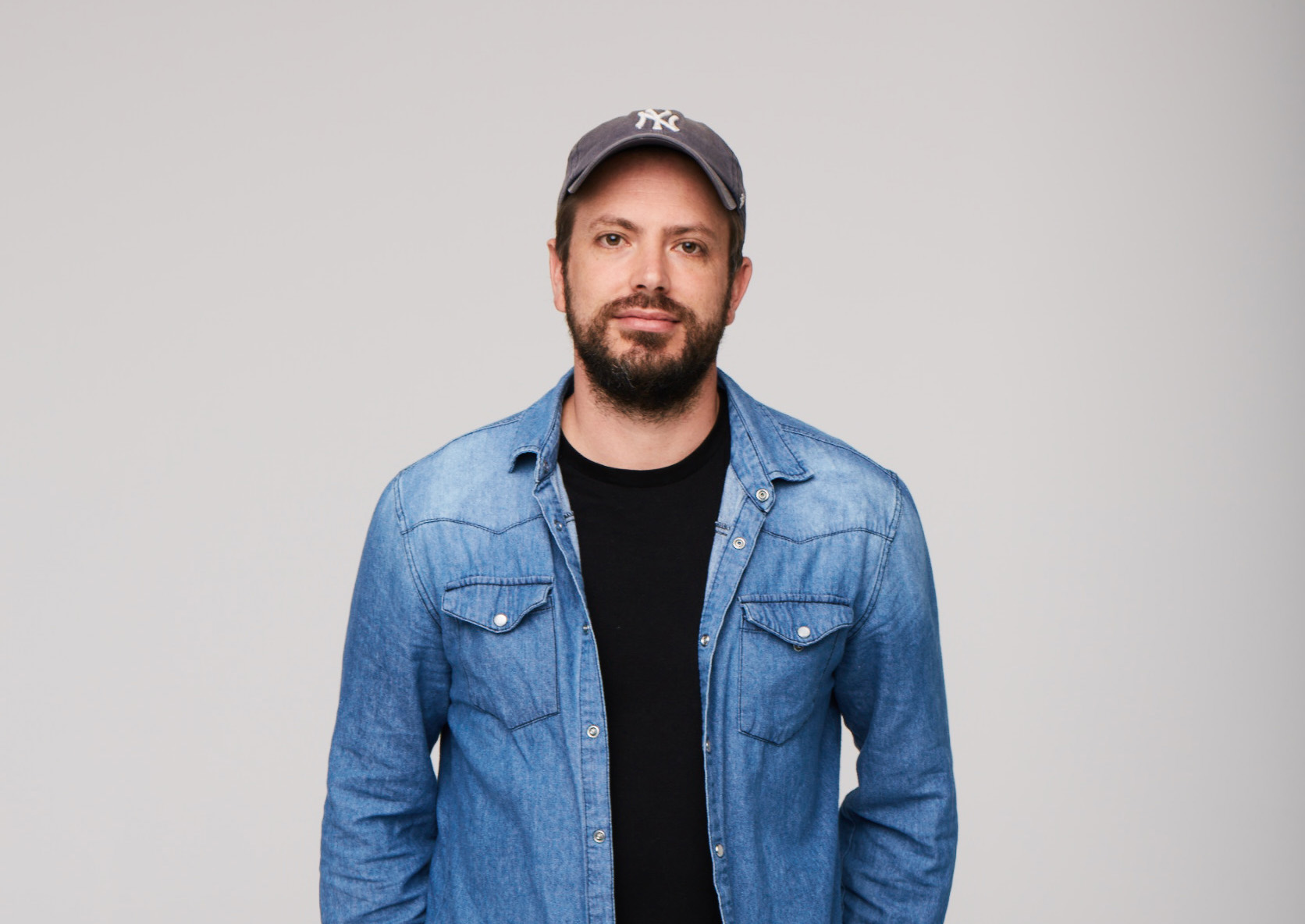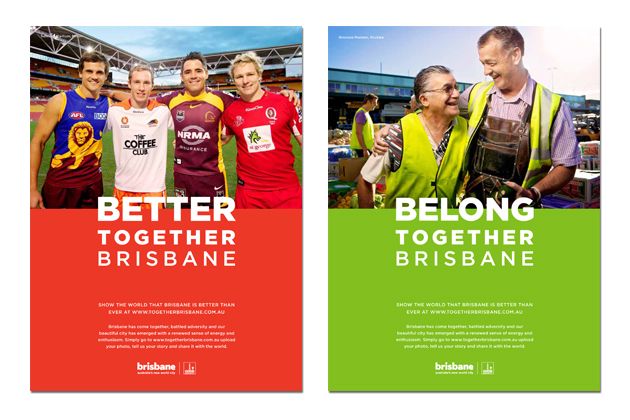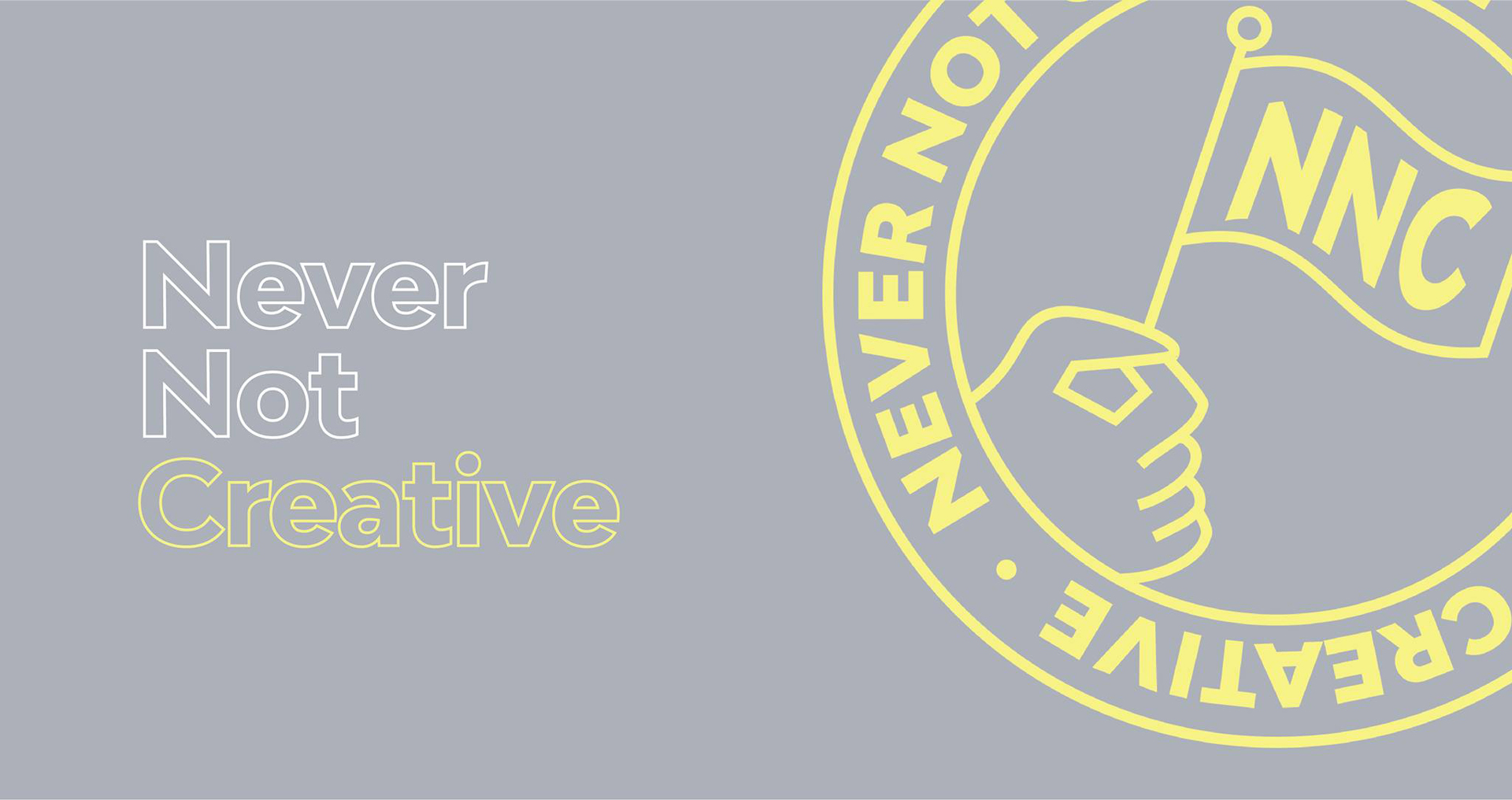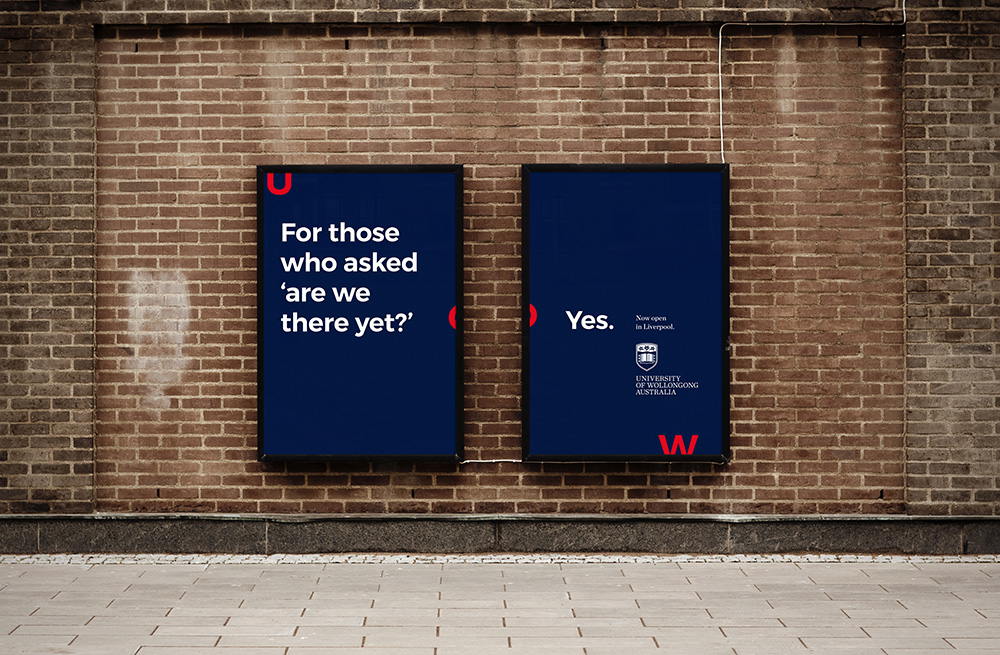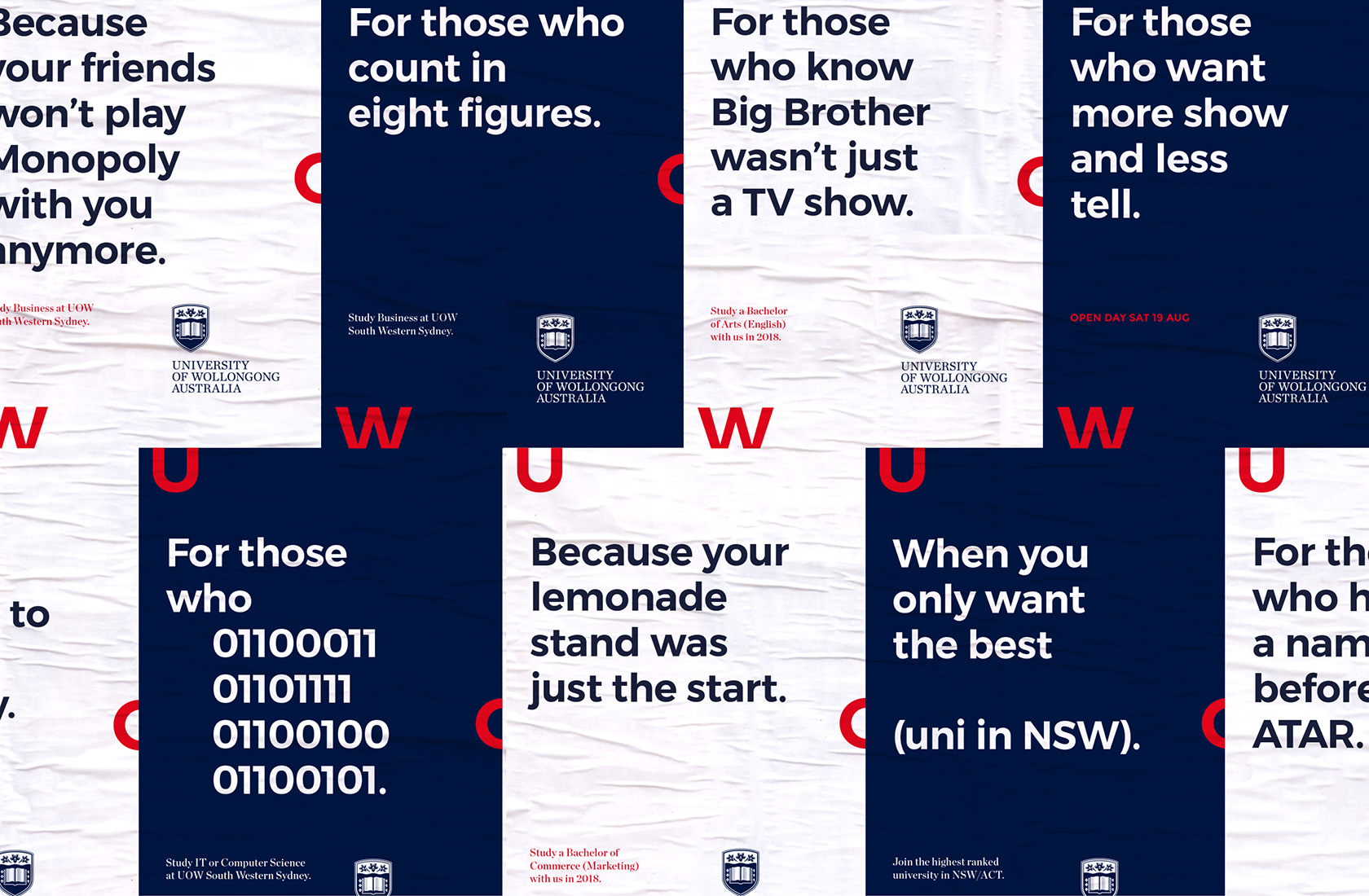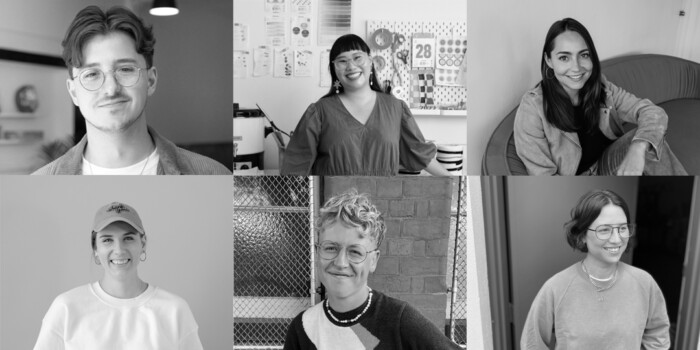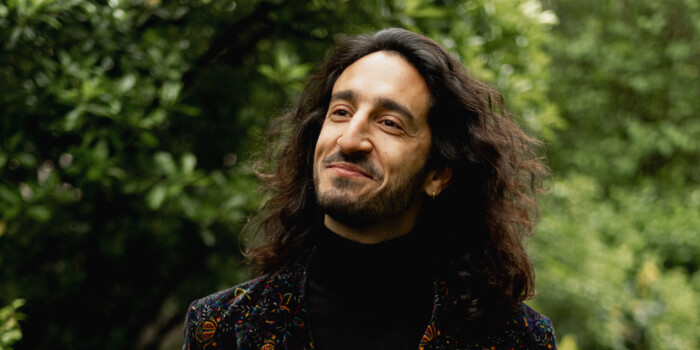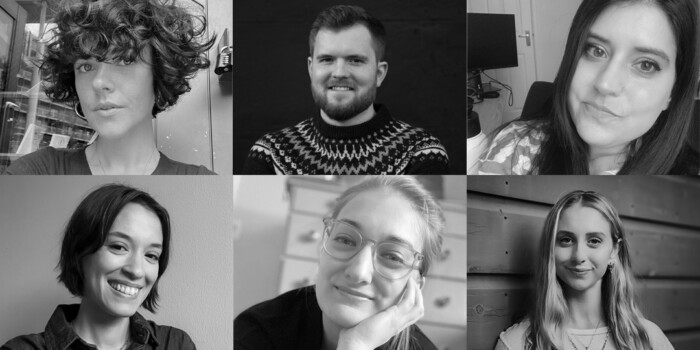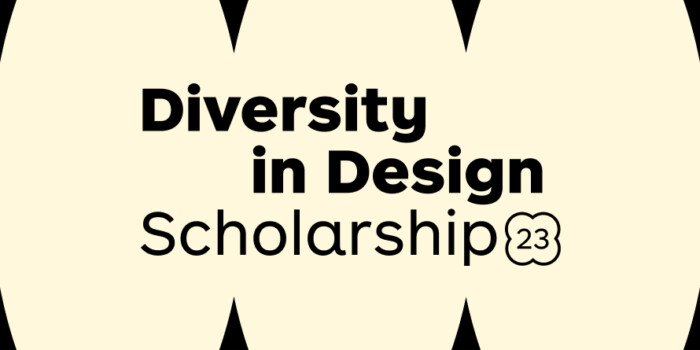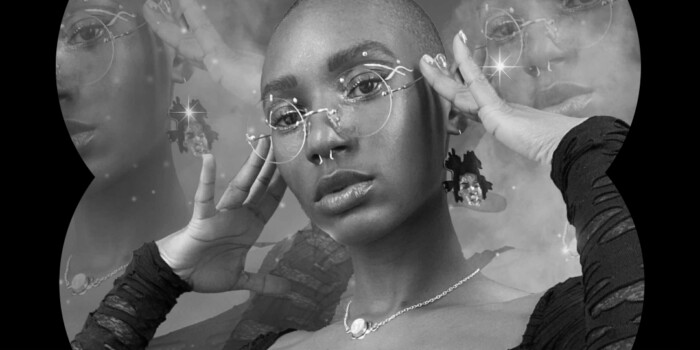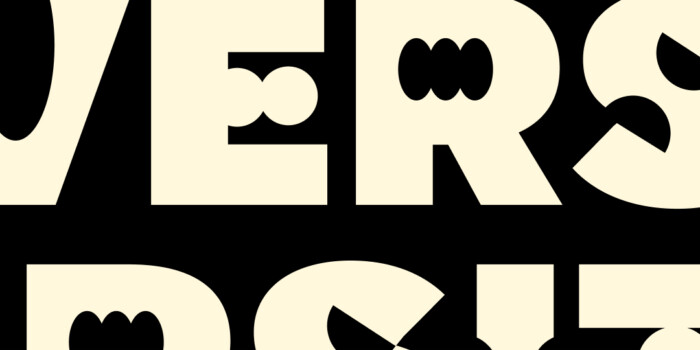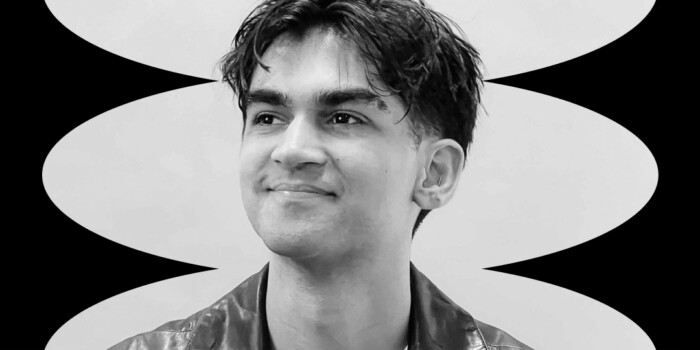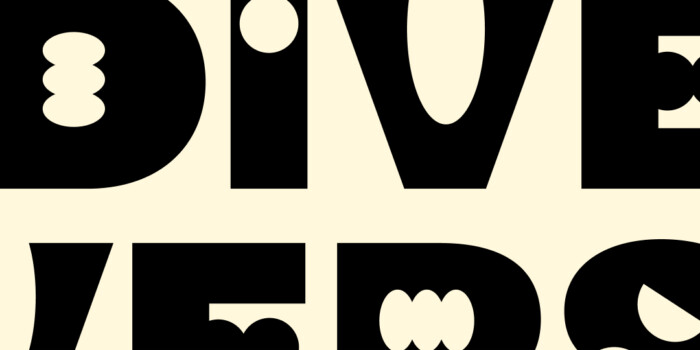Interview with Andy Wright, Managing Director of Streamtime
If you’re in the Australian design scene, Andy Wright is a name you probably recognise. After working at seriously impressive agencies Interbrand, R/GA, Landor, he co-founded For the People and most recently branched out in a new direction, becoming Managing Director of Streamtime Software. And on top of it all—Andy founded Never Not Creative, a “community of creatives who want to make the industry a better place”, recently releasing the Creative’s Pledge—co-created by 500+ members across Australia. Check it out.
Here at Shillington, our part-time students were lucky enough to hear Andy guest lecture, and next month he’ll join us as a panelist at an exclusive graduate event, What Employers Want: How to Get Hired in Australia. We really admire industry experts who share their time, talents and expertise with the next generation of designers. Andy talks the talk, but he also walks the walk.
Read on to hear from Andy about working at Streamtime, the reasons he was inspired to create Never Not Creative, why he has a “healthy cynicism” towards design awards and some brutally honest advice for designers looking for work.
You wrote a great piece about taking on your latest role—Managing Director at Streamtime aka “project management for humans”. Now that you’re more settled in, what’s keeping you excited and challenged? What’s your typical day like?
There are a few things that are both exciting and challenging. One of the big ones is what’s the future for our product? We’ve been debating this more and more recently, and while we’re wary of creating additional features—there’s nothing worse than a cluttered user experience—we do want to investigate expanding functionality to allow for full end to end collaboration. We’ve already started working with For The People on parts of this, and even had our first hackathon last week, where we introduced new functionality that we’re going to test with some VIP customers. So that gets very exciting, and it’s going to be fun to see where we take it.
From a day to day perspective, it’s a moving target of evaluating and managing priorities. We get lots of customer feedback and very positive satisfaction scores. Every now and again you get a low score from a user, and it’s amazing how much it hurts. You want to do something about repairing that perspective and relationship there and then, but first you have to have a deep and meaningful with yourself and just workout if they’re even right for Streamtime.
We can’t please everyone, and ultimately if you’re getting 10/10 with some customers it’s inevitable that you won’t be right for others. So, it’s just a case of being comfortable with that.
Apart from that it’s a case of wearing many hats. From trying to optimise our marketing to drive more signups, to making sure everyone understands our company objectives, to recruiting for the team, there’s always something fresh to focus on.
Tell us about the major milestones in your creative career. You’ve worked at some seriously impressive places—Interbrand, R/GA, Landor (!)—but where and how were your biggest lessons learnt?
Yep, I’ve been really lucky. Before moving out to Australia, I assumed I’d be in marketing roles and just climb up the ladder on the client side. However, it’s always about networks and who you know… and when I got to Australia, my wife worked with someone whose boyfriend worked at Landor. I had a very casual interview with someone there and a week or two later I was a brand strategy consultant. I always wanted to get into branding, but just get that opportunity in London, and then it happened very quickly when I got to Sydney. That’s where a lot started to happen for me. I met Damian Borchok, Jason Little and Mike Rigby while I was at Landor and they ended up being a big part of the next 12 years of my career.
Being at these places meant I was really lucky with the opportunities to work on great projects like the rebranding of Australia Post, Queensland Art Gallery, Brisbane and working on Telstra’s first augmented reality experience in their network of stores (back in 2013!). While it might not be the most stunning work, one of the most rewarding projects was the campaign we did to help Brisbane get back on its feet after the floods in 2011. I’d spent a lot of time working with Brisbane beforehand and when the floods happened I called up the CEO of Brisbane Marketing and said “How can we help?” Two weeks later we had a strategy in place and a campaign out in the world telling the great story of how much Queenslanders had come together and how Brisbane was getting ready to welcome people back in.
Some of the biggest lessons? You will always be in a situation where you’re doing something for the first time.
I’d never been a brand strategist until I was at Landor, I’d never run an office or pitched for business on my own until I was at Interbrand in Melbourne, I’d never started an agency until For The People. The thing is, you have to realise that everyone has these experiences. You need to get comfortable with new. You need to help yourself by understanding that thousands of people have been here before. If they can do it, so can you! I’ve heard people talk a lot about imposter syndrome. It’s very real, but if that’s the case, we’re all imposters!
R/GA was one of the biggest learning curves of my career. It was a huge business and one that I was in awe of ever since I started reading more about them and interviewing with them. I still hold up R/GA as one of the lights we should be following in the industry. At the same time, you have to understand that there’s always a lot that goes on behind the scenes that isn’t as glamorous as what goes on in the public domain. It’s hard work getting to that point. What R/GA did and always has done well has been to be exceptional at their positioning and storytelling. I always loved meeting a client for the first time and talking about the R/GA ethos and story. It was so tight! If ever you’re out talking about your business, see how tight you can get your story and your point of view—it goes a long way in helping you be successful no matter how big or small you are.
Our Shillington team is loving your latest initiative, Never Not Creative. What inspired it? What are your hopes for it?
Thanks. Never Not Creative is definitely one of the most exciting things happening for me at the moment. A few things inspired it. At For The People, I had always wanted to create a new kind of agency (with Damian and Jason). We definitely were somewhat successful in that, but it’s also very hard to strive out like that on your own, while also trying to grow and run a business and feed all the hungry mouths.
I also worked very closely with the Australian Workers Union in 2017. They were one of my favourite clients ever. I got to work very closely with their leadership team across the country, understand the Union movement, hear how employers would treat employees and how people could come together to make change. It was very, very inspiring!
I’d also had my own very personal experience with mental health issues. I was very up and down with my health both mentally and physically, and none of it was helped by work. It wasn’t necessarily our business, but I started to see the flaws in our industry.
Once I’d moved to Streamtime I was able to have some space to see a bit clearer. I’d removed some of the pressures and could start to see quite clearly how I could use my past experiences to hopefully make a difference.
That’s when the idea for the community came and realising that by being a bit more neutral to the industry (instead of right in the centre of it) I could actually do something about the issues we’ve faced for a long time.
My hope is that Never Not Creative is the catalyst or facilitator for some big changes in our industry.
I think our industry is capable of doing a great job of talking and raising awareness about issues, but sometimes we get stuck at action. I want Never Not Creative to be all about action. Creating tangible things that cause actual change. From getting creatives paid properly, to making sure that all different kinds of people are well represented in the industry and get the same opportunities to reducing some of the causes of stress, pressure, burnout to improve the levels of mental health in our sector.
The Creative’s Pledge is a good start for this (a kind of bill of rights for the creative industry), but we also have partnerships that we’re forming to do research into mental health and provide resources to the industry that are easy to understand and are accessible to everyone.
How can people get involved with Never Not Creative?
Right now, the Facebook group is the best place to go. It’s growing quickly and it’s a fantastic place to ask questions, get advice and get updates on initiatives we’re working on.
Andy worked on the University of Wollongong campaign in 2017
It was big news when you moved on from For the People. What legacy do you hope you left with that venture?
That’s a tough one. It’s Damian and Jason’s business now and I know they’ll make it very successful. It’s certainly something I’m very proud of and I got to work with some incredibly talented people there (who as some wrote on my leaving card), came on one hell of a ride with me. It’s difficult to say what sort of legacy was left. I hope there are a few things that were useful and live on for the team, like how we collaborated with clients and as a team, but you’d have to ask them really.
You’ve said that you have a “healthy cynicism” when it comes to design awards. Even after winning heaps of them. Can you elaborate on that?
Hmmm. I just worry about their value. I can certainly see both sides of the debate. There is no doubting how much they can help culture and sense of achievement in a team. Personally I’ve seen awards given for exceptional work that delivered great results for the client, but at the same time I’ve seen work win awards that actually failed in what it was supposed to do for the client, and also significant amounts of work done (extra) that was purely for the award entry.
I think things like that run serious risk of creating a mockery of awarded work. That said, I think if awards and juries were much more transparent about the criteria and the reason that work one, it would help everyone understand why it’s successful. If in some cases it’s about craft, or an innovative new take on an old problem, then everyone could relate. I have no doubt that some very intelligent debate happens within juries, it would be great to expose that to the rest of the world. (Maybe that’s one we’ll tackle with Never Not Creative, if the rest of the community wants to).
What’s your most memorable interviewing experience when hiring a designer? How did he/she stand out from the bunch?
I’ve told this story a few times, as I’m sure Damian and Jason have. It’s not a designer, but we did hire a very talented writer at For The People. Damian, Jason and I met him separately at different times in one day, each hurrying back to recommend the other interview him. That night I sent him a contract and he was in the office 4 weeks later.
Why were we so excited? (and here’s some advice for anyone going for an interview).
- He had his own opinions. He had a strong idea of where our industry was going and the role he wanted to play within it.
- He showed work to illustrate his thinking and perspective, not just because he’d done it.
- He had been very proactive in suggesting new methodologies, strategies, processes at his current role (but had been held down because of his lack of experience—this really bugs me).
- He had found a way to turn something incredibly mundane in his role into an intellectual challenge so that he could get something out of it, and be motivated to complete it (he used the story structure of Die Hard to rewrite all of a utility companies customer disconnection letters).
- He had a very successful hobby and passion outside of work, that he was very successful with (it was actually the number 1 Power Rangers podcast)
What’s your #1 piece of advice for design students and young designers?
Have an opinion. Work out why you’re different and how to articulate that.
You’re not different because you’re highly motivated, or love the industry, or have 2 cats. You need to work out what you think and why, and how it shapes your work and approach to it. What and how you think is what I’ll experience working with you every hour of every day. Ultimately, it’s this that will get me excited, vs final work in your portfolio. Portfolios are important, but I find it funny that the thing that gets focused on in helping students is the almighty portfolio review. What about the person review and how they handle themselves in interviews and what helps them to stand out and be different?
We don’t hire brochures, we hire people.
Who or what is inspiring you most at the moment?
I get really inspired by the members of the Never Not Creative community. It’s great to see people contributing, sharing their stories, taking time out of their personal lives to turn up to events and contribute to something that can make the industry better. Anyone who has the courage to stand up, voice their opinion and help others I have massive admiration for.
What’s on the horizon for the rest of 2018? Work-wise and/or fun-wise?
I turn 40. Not sure if that is work or fun, but it’s certainly a milestone of sorts. Nothing on my Nan though who just turned 101. I’m looking forward to finding and maintaining the right balance of work, personal development, health and family time. I’ve started writing a book about Never Not Creative and a podcast, so I’ve got to try and keep up with that. I’d also like to turn it into something more formal, but not sure what that looks like yet. We also have a number of openings for jobs at Streamtime, so bringing new people into the team here is something I’m really excited about.
Final question. We’ve heard you’ve performed as a Bollywood actor. Tell us more.
Haha. Good research! Yep, when I was travelling in 2005 I landed with my girlfriend (now wife) in Mumbai and we were instantly picked up for extras in a Bollywood movie. I literally was an extra, “foreigner in bar” whereas Vanessa (my wife) made it front and centre dancing with the lead character!
Huge thanks to Andy! Be sure to follow him on Instagram, Twitter and Medium. Get involved with Never Not Creative on Facebook, Instagram and Twitter. And check out Streamtime on Facebook, Instagram and Twitter.
Want to win some amazing prizes and stay in the loop with all things Shillington? Sign up to our newsletter to automatically go in the draw.
